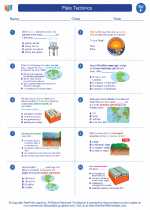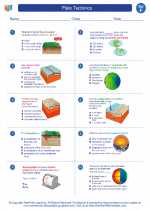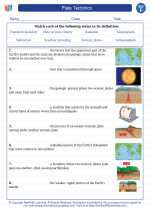Circular Polarization
Circular polarization is a phenomenon that occurs when the electric field vector of an electromagnetic wave rotates in a circular pattern as the wave travels through space. This type of polarization is particularly important in the field of optics and telecommunications, where it is used in various applications including 3D movie technology, satellite communication, and optical microscopy.
Understanding Circular Polarization
Electromagnetic waves, including light, can be polarized in different ways. Linear polarization occurs when the electric field oscillates in a single plane. In contrast, circular polarization occurs when the electric field vector rotates in a circular pattern as the wave propagates through space. This rotation can be clockwise or counterclockwise, resulting in two types of circular polarization: right-handed and left-handed circular polarization.
Creating Circularly Polarized Light
Circularly polarized light can be created using specialized optical components such as wave plates or quarter-wave plates. These components introduce a phase difference between the two orthogonal components of the electric field, causing the resulting wave to exhibit circular polarization.
Applications of Circular Polarization
There are several practical applications of circular polarization in various fields:
- 3D Movie Technology: Circularly polarized glasses are used to create the illusion of depth in 3D movies by presenting each eye with a slightly different perspective.
- Satellite Communication: Circular polarization is used in satellite communication to minimize the effects of signal degradation caused by changes in the orientation of the receiving antenna.
- Optical Microscopy: Circular polarization is used in optical microscopy techniques to enhance contrast and improve the visualization of certain biological specimens.
Study Guide
Here are some key points to remember about circular polarization:
- Definition: Circular polarization occurs when the electric field vector of an electromagnetic wave rotates in a circular pattern as the wave travels through space.
- Types: There are two types of circular polarization - right-handed and left-handed circular polarization, depending on the direction of rotation.
- Creation: Circularly polarized light can be created using specialized optical components such as wave plates or quarter-wave plates.
- Applications: Circular polarization is used in 3D movie technology, satellite communication, optical microscopy, and other fields.
Understanding circular polarization is important for various applications in optics and telecommunications. It is also a fascinating phenomenon that contributes to our understanding of the behavior of light and electromagnetic waves.
.◂Science Worksheets and Study Guides Sixth Grade. Plate Tectonics

 Worksheet/Answer key
Worksheet/Answer key
 Worksheet/Answer key
Worksheet/Answer key
 Vocabulary/Answer key
Vocabulary/Answer key
 Vocabulary/Answer key
Vocabulary/Answer key
 Vocabulary/Answer key
Vocabulary/Answer key
 Vocabulary/Answer key
Vocabulary/Answer key
